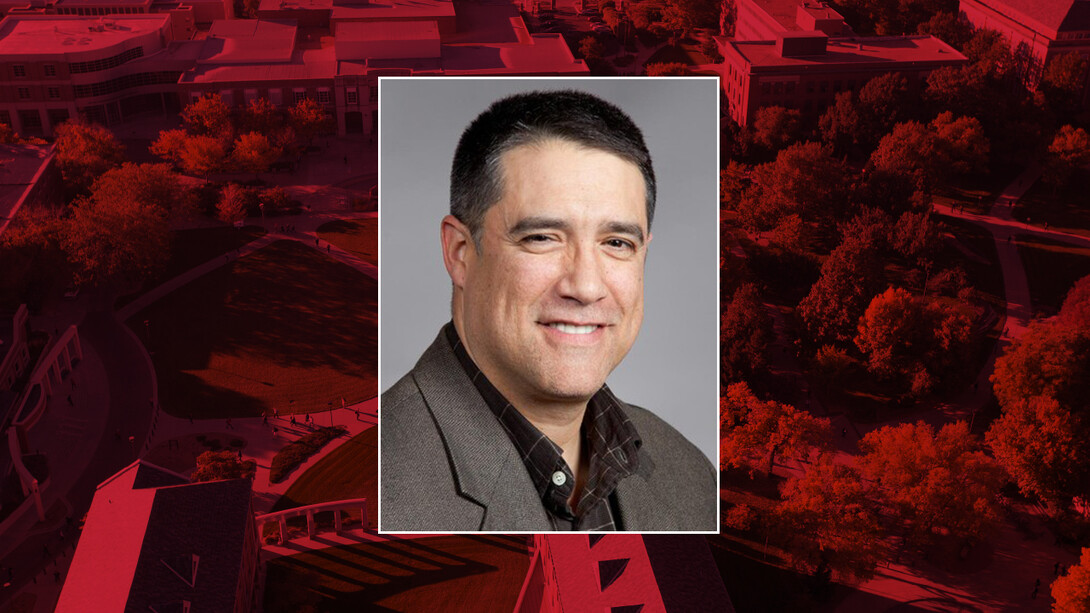
University of Nebraska–Lincoln alumnus Lawrence Bradley, who investigated the removal of vertebrate fossils from Native American lands for his 2010 doctorate, will be among those interviewed in a new PBS series, “Prehistoric Road Trip.”
The series features YouTube personality Emily Graslie, who visits Agate Fossil Beds National Monument near Harrison, Nebraska, along with other sites in the Dakotas, Montana and Wyoming as she explores 2.5 billion years of the Earth’s history.
The three-part series premieres on television at 8 p.m. June 17 on NET, Nebraska’s PBS and NPR stations. Bradley is to appear in the third episode, which airs July 1. He will discuss his research into fossil dispossession within Sioux tribal lands and offer recommendations for universities and museums to be more transparent with this past.
“My research looked at how American paleontology was built and founded on the dispossession of paleontological resources from lands belonging to Native Americans of the Great Plains from the 1840s to modern times,” he said. “It was the first body of work that had physical evidence to substantiate the who, what, when and where voluminous amounts of fossils were dispossessed from Native Americans.”
As a doctoral student, Bradley, who is now an adjunct professor at the University of Nebraska at Omaha, obtained permission from the Santee Sioux Tribe of Nebraska to conduct a paleontology survey on the Santee reservation in Knox County. He was inspired to research how much of American paleontology is based upon specimens found on Native lands after a plesiosaur fossil was discovered on Santee lands and Santee school children were not permitted to participate in the dig.
He credits his adviser, geography professor David Wishart, for understanding the plight of the American Indian and facilitating a “new awakening for Native American geography.” Bradley has Native American ties. His stepfather was Oglala Lakota and he was raised among the Oglala Lakota since he was two years old.
Bradley’s dissertation was published as a book, “Dinosaurs and Indians: Paleontology Resource Dispossession from Sioux Lands,” by Outskirts Press in 2014. The book led the “Prehistoric Road Trip” crew to interview Bradley in summer 2019 at the Oglala Lakota College on the Pine Ridge Reservation in South Dakota.







